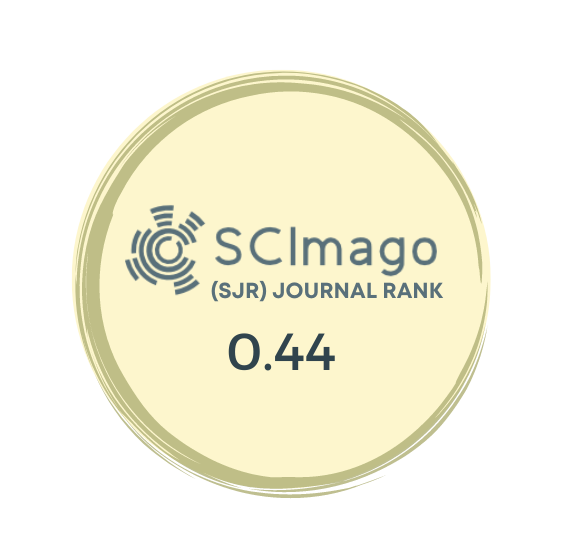Objective: This study aims to investigate compensatory rotational movements of the wrist joint in patients with proximal congenital radioulnar synostosis (CRUS), using a valid and reliable three-dimensional (3D) motion analysis technique.
Methods: A total of 26 patients (6 females, 14 males; mean age=15.3 years; and age range=6-32 years) who were diagnosed with unilateral proximal CRUS but were not operated were enrolled in this study. Patients were then categorized into 2 groups: Group I included 5 patients younger than 10 years, and Group II included 15 patients older than 10 years. Eighteen light-reflective skin markers were placed on the bony landmarks of both upper limbs, and both distal forearms were fixed using a U-shaped device to minimize forearm rotation. Each patient grasped the handle of an instrument that used a goniometer to measure wrist rotation; maximal passive pronation and supination angles of the wrist were measured in this manner and also using 3D motion analysis.
Results: There was a significant correlation between measurements by the goniometer and 3D motion analysis (r=0.985, p<0.001). The test-retest reliability of the 3D motion analysis was acceptable for both the affected side (ICC=0.992) and the contralateral normal side (ICC=0.997) with low standard measurement errors (1.3° and 0.8°, respectively). Although no significant difference was observed in the range of the wrist rotation between the affected and contralateral sides in Group I (p=0.686), there was a significant difference in the wrist rotation between the affected and contralateral sides in Group II (p=0.001). Further, the pronation angle of the wrist joint was significantly larger in the affected side than that in the contralateral normal side in Group II (p=0.001).
Conclusion: The 3D motion analysis technique seems to be a valid and reliable method to measure the rotation of the wrist joint. Unilateral proximal CRUS patients older than 10 years of age may develop rotational hypermobility of the wrist joint compared to the contralateral normal side as a compensatory phenomenon.
Level of Evidence: Level III, Diagnostic Study
Cite this article as: Li Q, Park JH, Lee Y, Kim J, Bae KJ, Baek GH. Measurement of compensatory wrist joint rotation using three-dimensional motion analysis in patients with unilateral proximal congenital radioulnar synostosis. Acta Orthop Traumatol Turc 2021; 55(2): 107-11.



.png)

.png)
